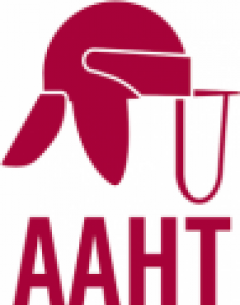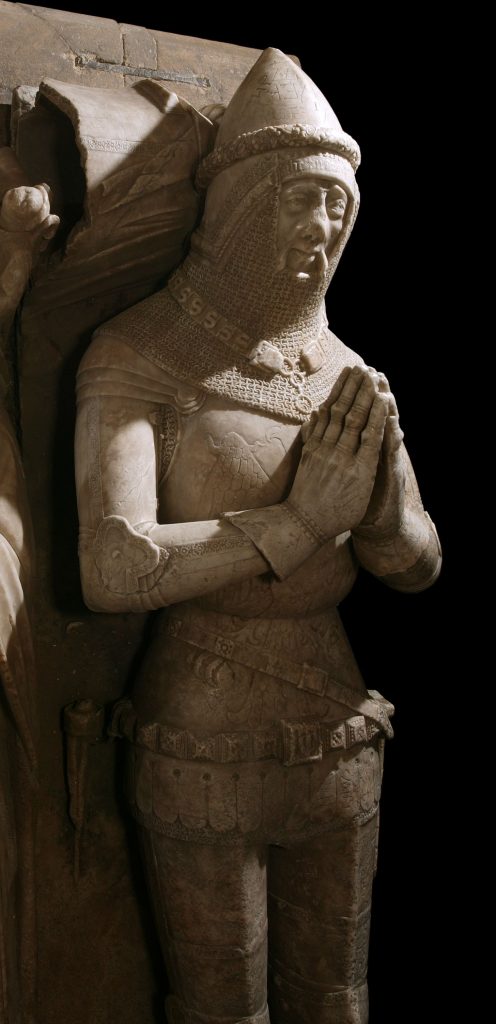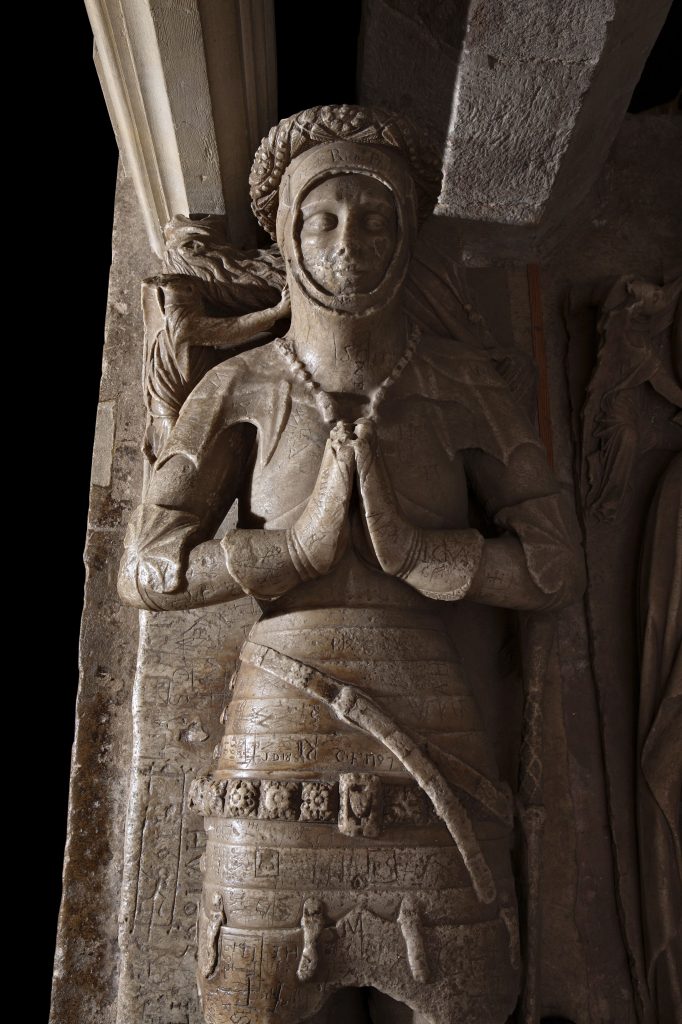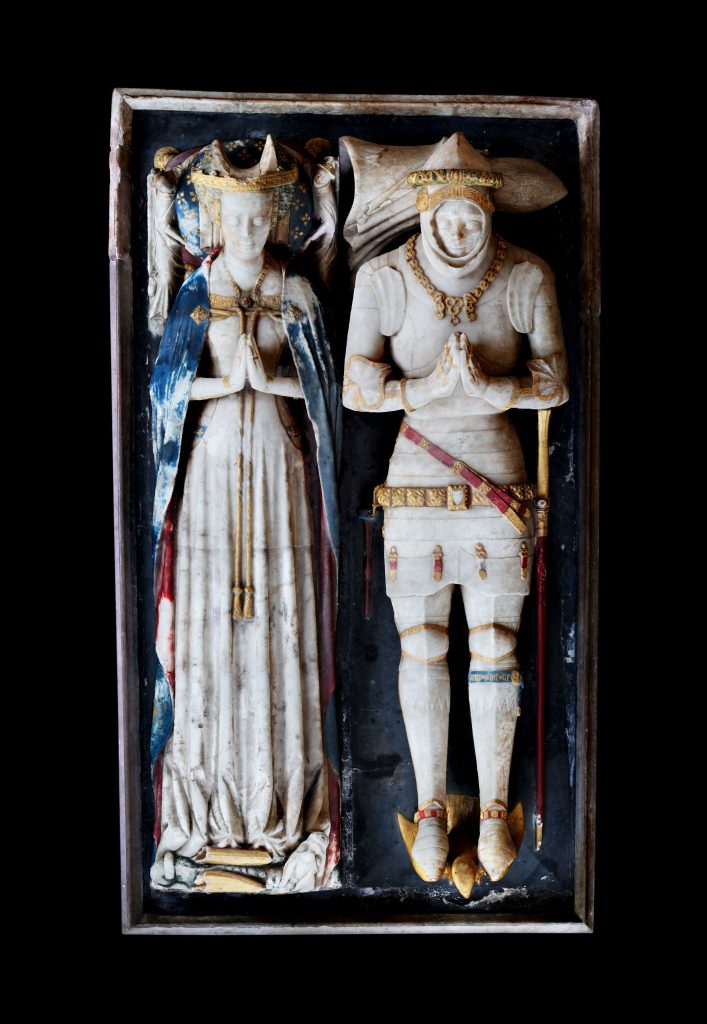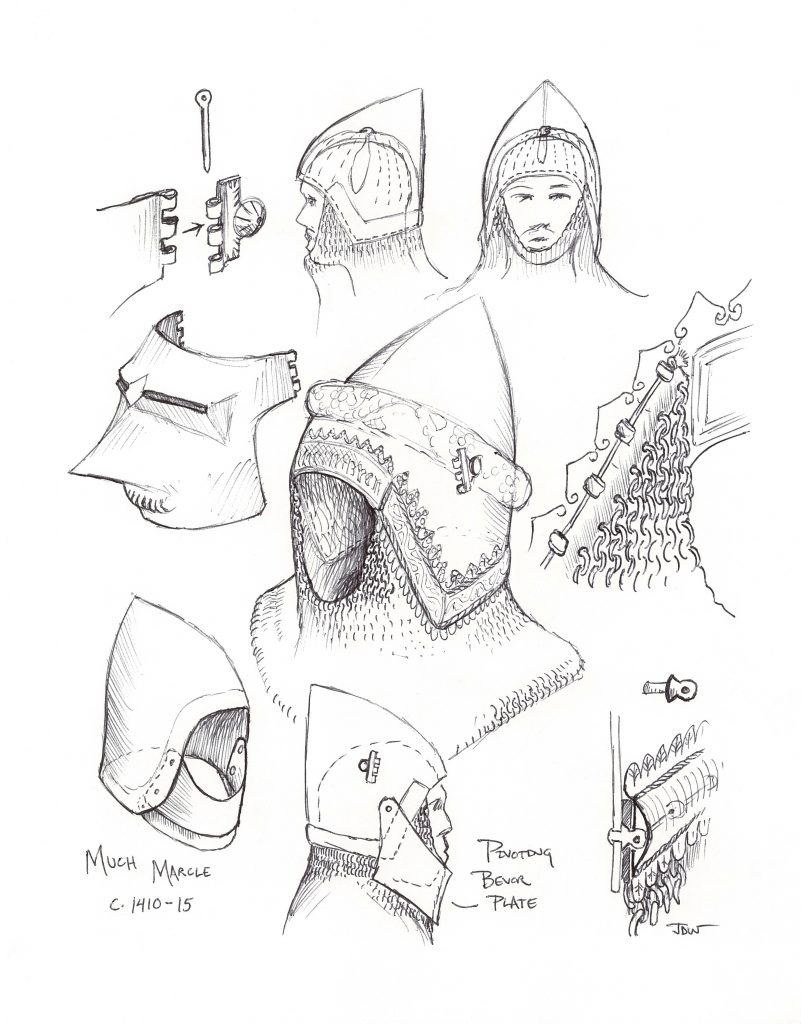The study of historical armour is an inherently visual pursuit, and almost all publications on this subject must be strongly illustrated. Of course there are less image-dependant aspects, such as the exploration of documentary sources dealing with, for example, the making, sale and distribution of armour. However, my own work on the history of armour has always been primarily visual, not just in the examination of surviving pieces, their style, construction and appearance, but also in deep searches for comparative sources of evidence, primarily, pictorial and sculptural representations.
Only a tiny fraction of the armour made in the fifteenth century survives. For the last century or so, research in this area has, understandably, focused on the few surviving pieces, which have formed the foundations of our modern conception and understanding of this technology. However, less than twenty fifteenth-century armours remain intact, of the tens of thousands produced. Almost all are Italian or German, preserved through a series of flukishly fortunate sequences of events and/or deeply improbable circumstances. The odds of survival for late medieval armour are quite simply terrible. This means that whole schools of armour-making, practiced beyond Italy and the German Lands, have been largely overlooked, since their existence is not represented by armour remaining in modern collections.
I have always been fascinated by these ‘lost’ armour styles, and my academic career has been characterised by a continuing pursuit of other signs of their existence, other hints of what once existed, but is now lost.
My quest to define and understand the armour of the late medieval English knightly class began as a Ph.D. thesis, (1998-2004), which focused on perhaps the most important source of visual evidence for armour design other than armour itself- funerary monuments, which incorporate life-sized high relief effigies. These depictions of deceased knights and esquires represent their subjects as they wish to be remembered, according to their status and careers, dressed for eternity in full plate armour. Of course modern armour scholars have always been well aware of such depictions, and key individuals have appeared routinely in the literature for the last century. However, no armour researcher had ever collectively examined all of the relevant surviving examples . This is what I, as a doctoral candidate, set out to do, focusing on the fifteenth century. Over 200 fifteenth-centuryt effigies survive, but only around ten were generally known in the armour community. I spent two and a half years locating, visiting and studying all of these remarkable sculptures, which remain in medieval parish churches scattered across England and Wales, from Kent to Cumbria, from Northumberland to Cornwall. My Ph.D. presented my initial conclusions gleaned from this body of evidence, suggesting that the English had developed a characteristic style of armour during the first half of the fifteenth century, a style which distinguished itself from continental equipment both technologically and artistically. It had previously remained unidentified because no armour of this type survives itself- it had to be rediscovered purely through its depictions in art.
My Ph.D turned out to be only the beginning of a much larger project. After completing my graduate studies in 2004, I continued to work on it, in the hope it would one day be suitable for publication. While it was acceptable in a Ph.D. (not intended for publication) to focus purely on the effigial evidence, a published work would have to be more expansive, taking all known visual and written evidence into account and organising it all into a coherent narrative.
Beyond the enormous amount of work that this required, completed over the next decade, another seemingly insurmountable obstacle appeared to be the cost of production. The work involved over 4000 images offered as visual evidence, which would have to be reproduced in any publication. Large numbers of original artwork and illustration would also be essential, to reveal my discussions and interpretations of English armour constructions and configurations with clarity and precision. Production costs would be high, and for years, as I continued to work on the project, I found it difficult to see how publication could ever be brought to fruition.
With two major grants for illustration costs, the Arms and Armour Heritage Trust made publication a reality. It simply could not have been accomplished without the AAHT’s support, which provided for the image reproduction costs and for the original art-work. I have been fortunate to be able to commission illustrations from two of the world’s most talented armourers, Robert Macpherson and Jeff Wasson, who are both also accomplished draughtsmen.
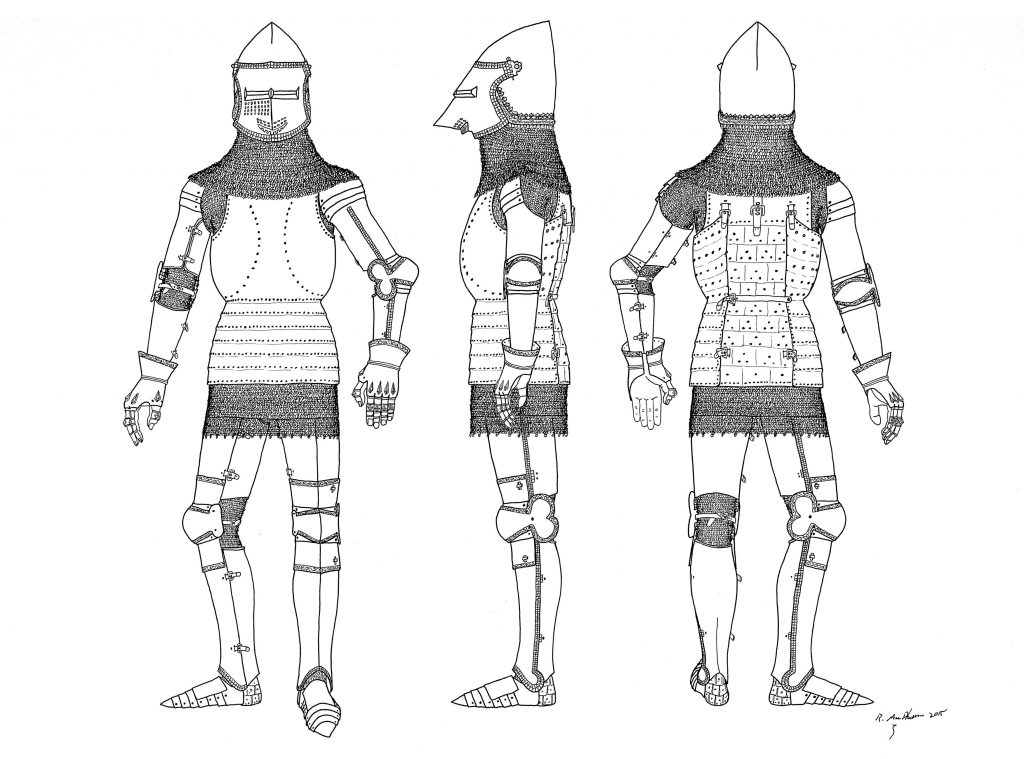
Their illustrations allowed the publication to make a crucial leap – from the sculptural and pictorial evidence to clear technical explanations of the real armour, which once existed but is now lost.
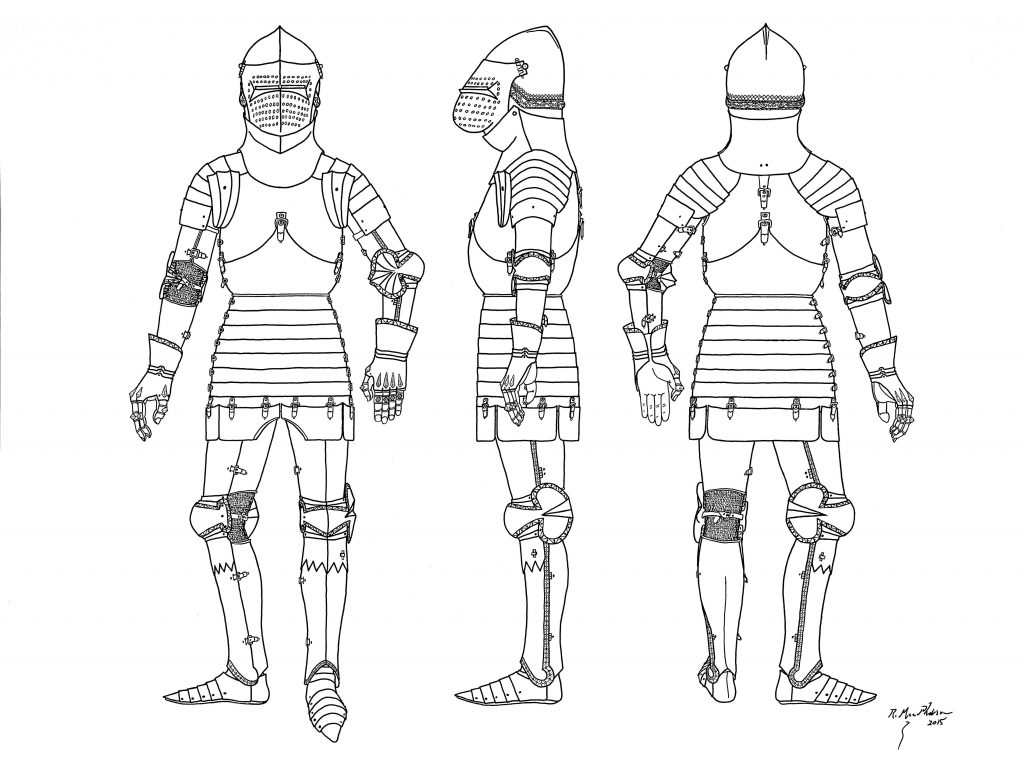
The first of three books, Armour of the English Knight 1400-1450, was published in 2015. The second and third volumes, Armour of the English Knight 1450-1500 and Armour of the English Knight: Continental Armour in England 1435-1500 are in the final stages of preparation. Although COVID-19 has slowed progress somewhat, it will not stop us; Book 2 will be published in 2021 and Book later the same year or early in 2022.
Thank you AAHT, for your support, encouragement, and patience.
You can order Armour of the English Knight 1400-1450 here:
https://www.olympiaauctions.com/about-us/publications/armour-of-the-english-knight-1400-1450/
Updates on the publication of Armour of the English Knight 1450-1500 can be found here:
https://www.olympiaauctions.com/about-us/publications/armour-of-the-english-knight-1450-1500-starcoming-soonstar/
You can also follow Tobias Capwell on Facebook and Instagram @tobiascapwell
